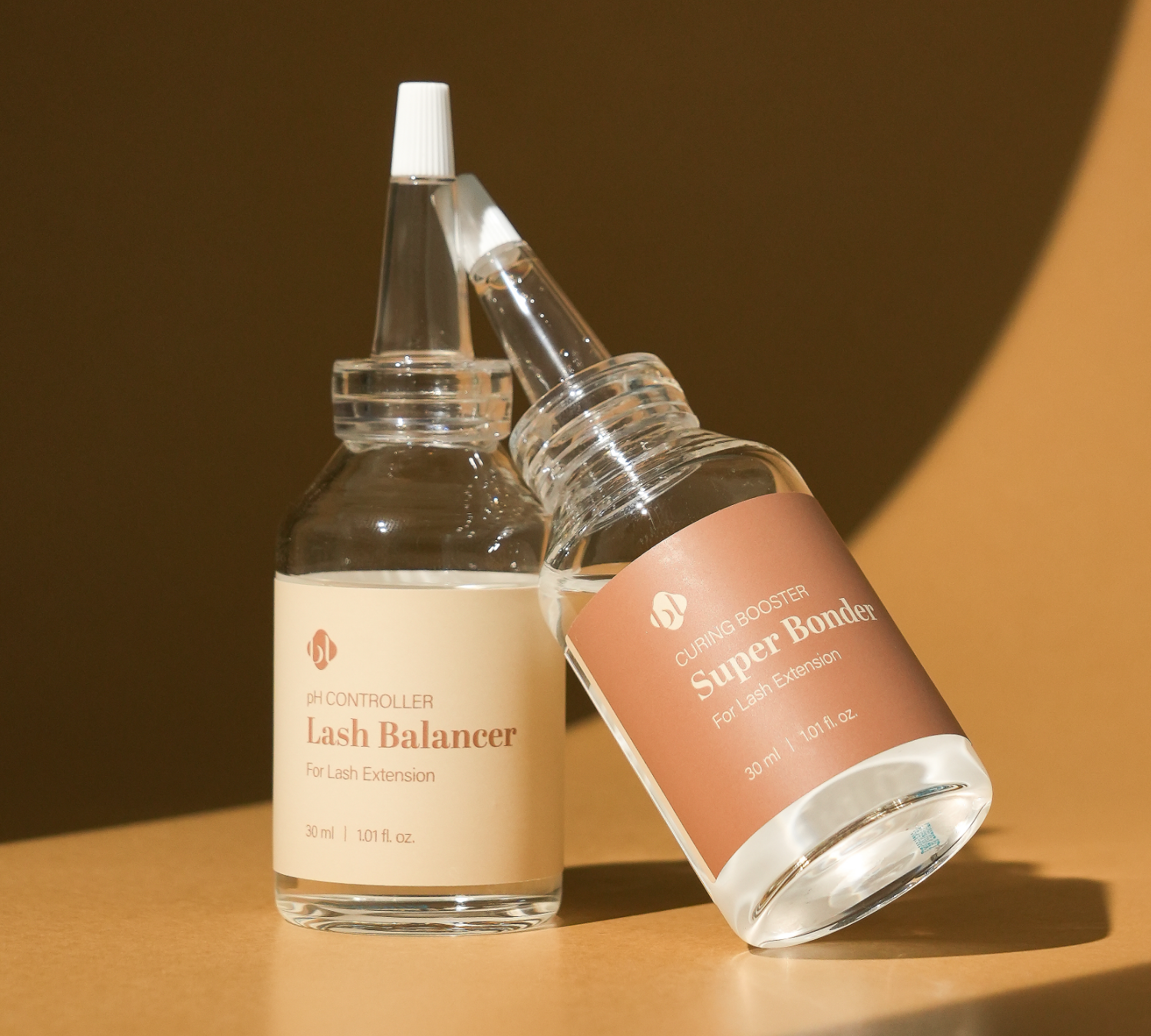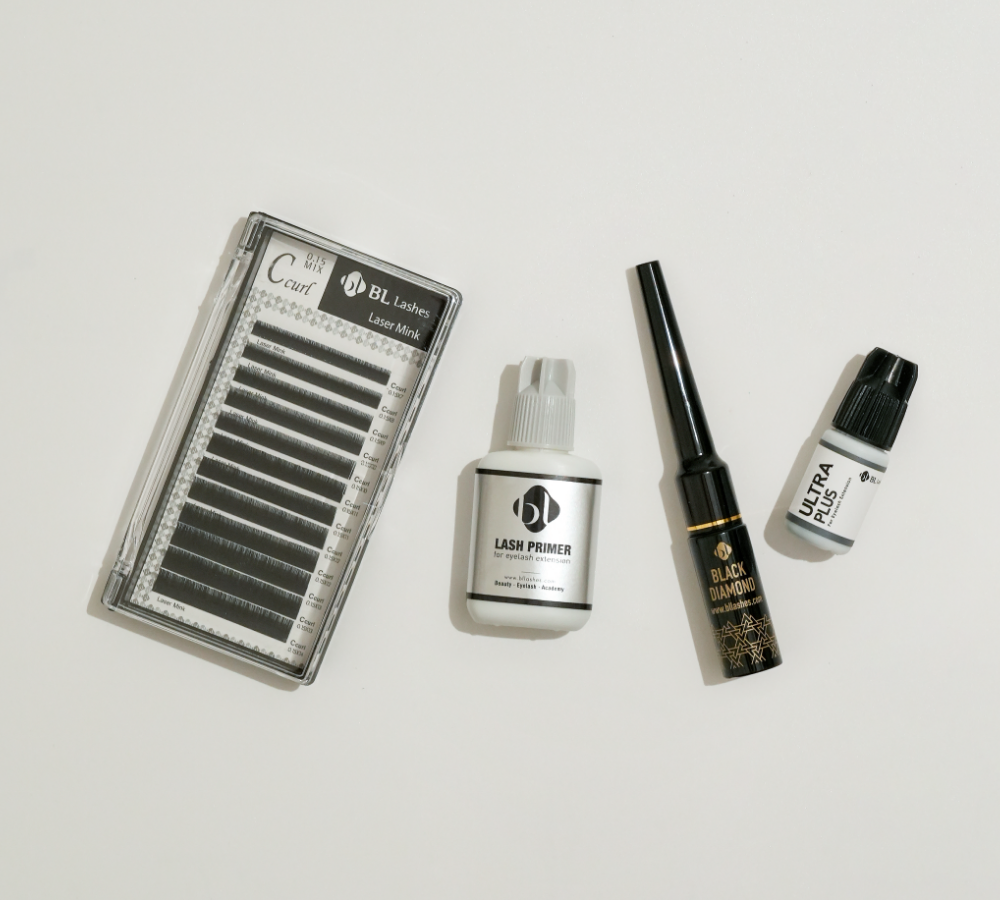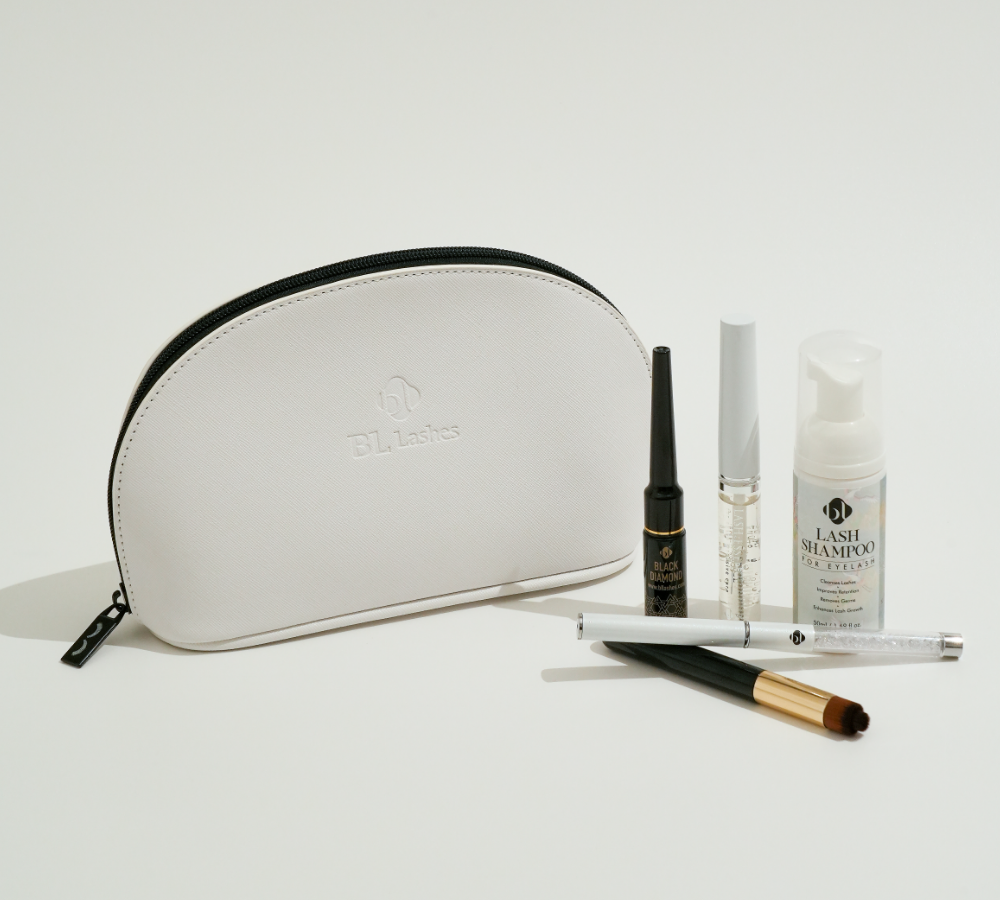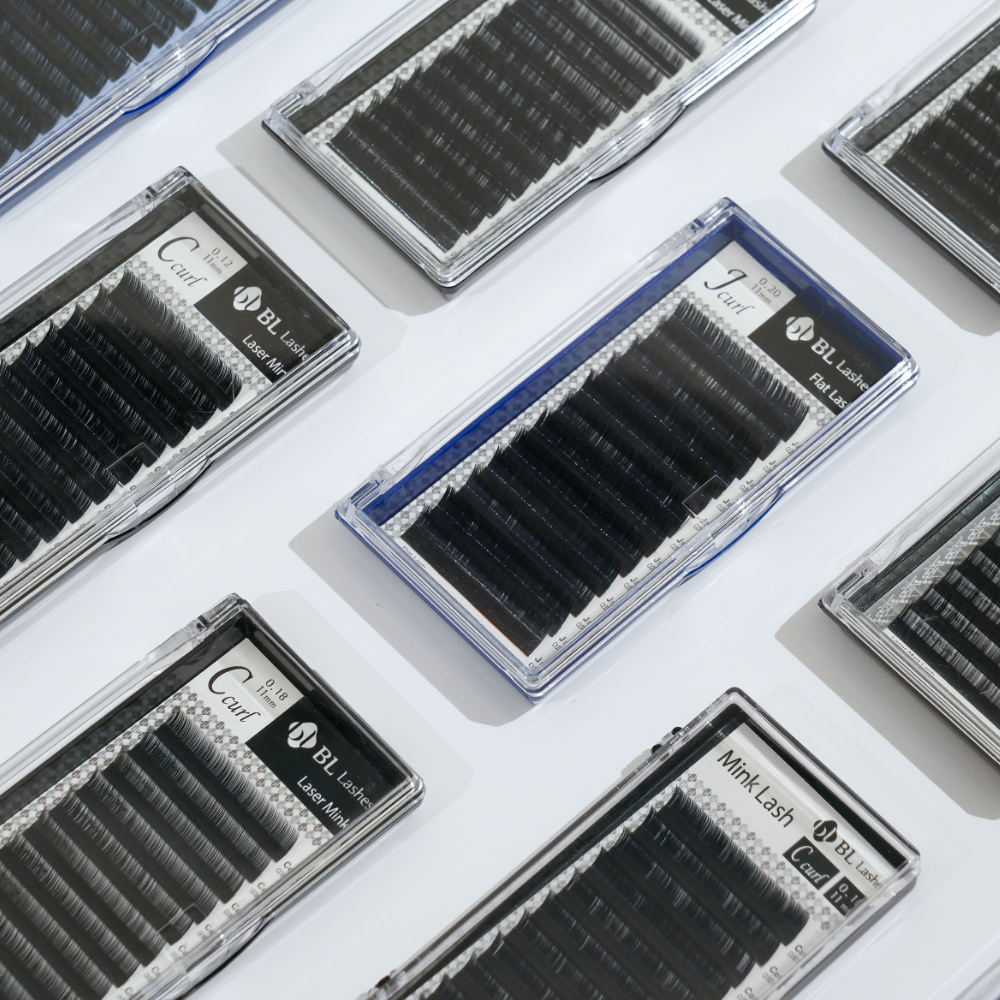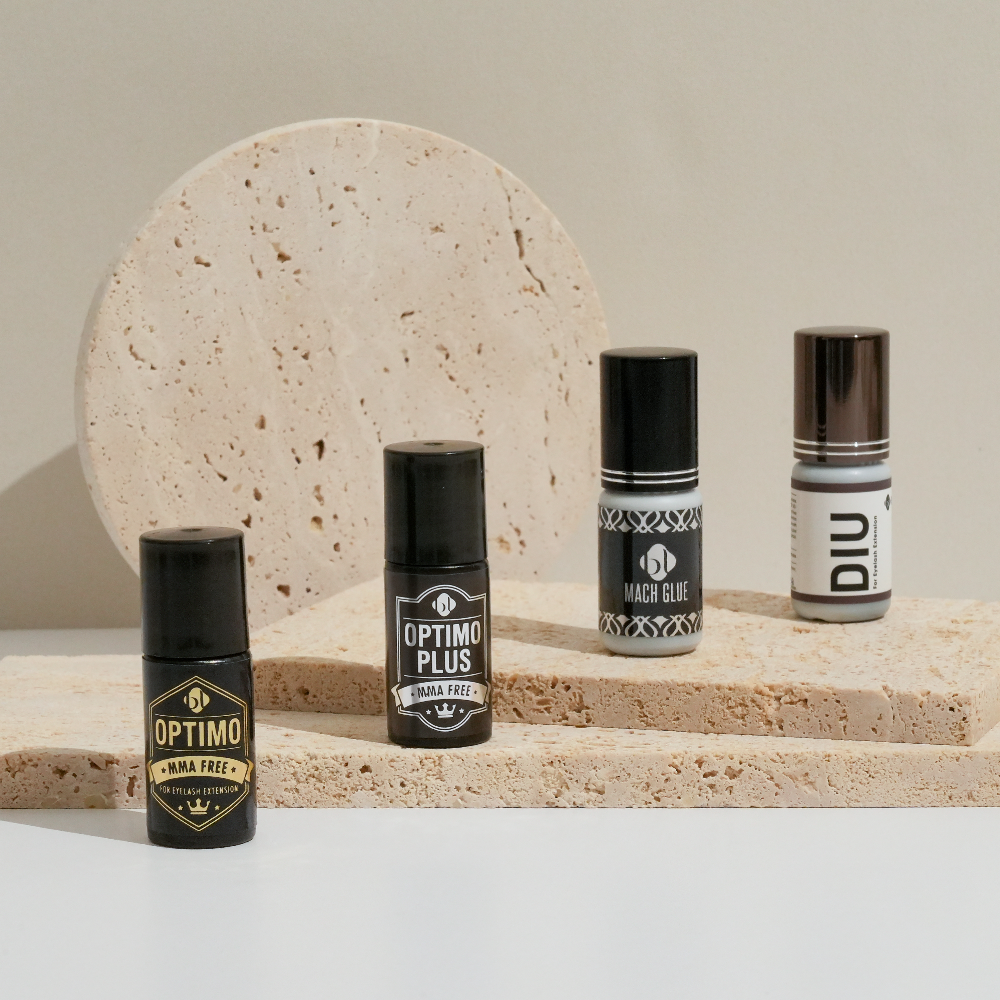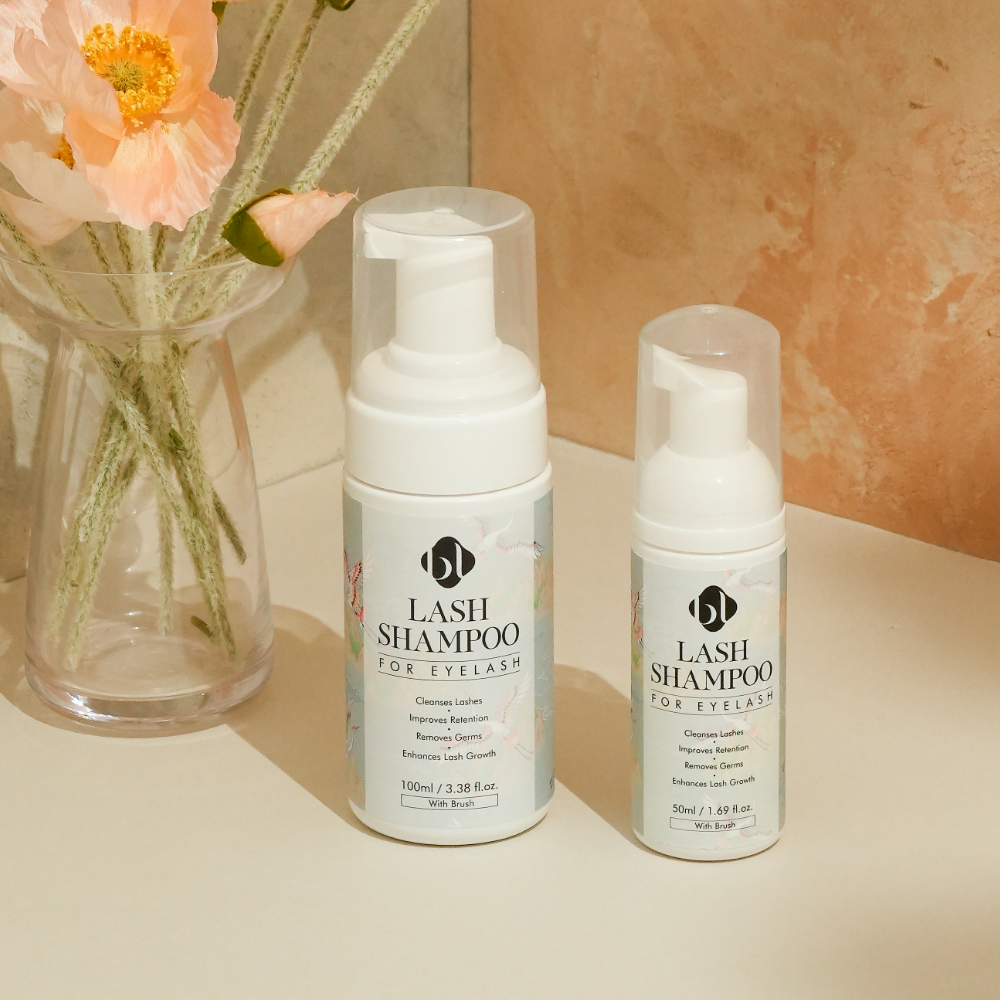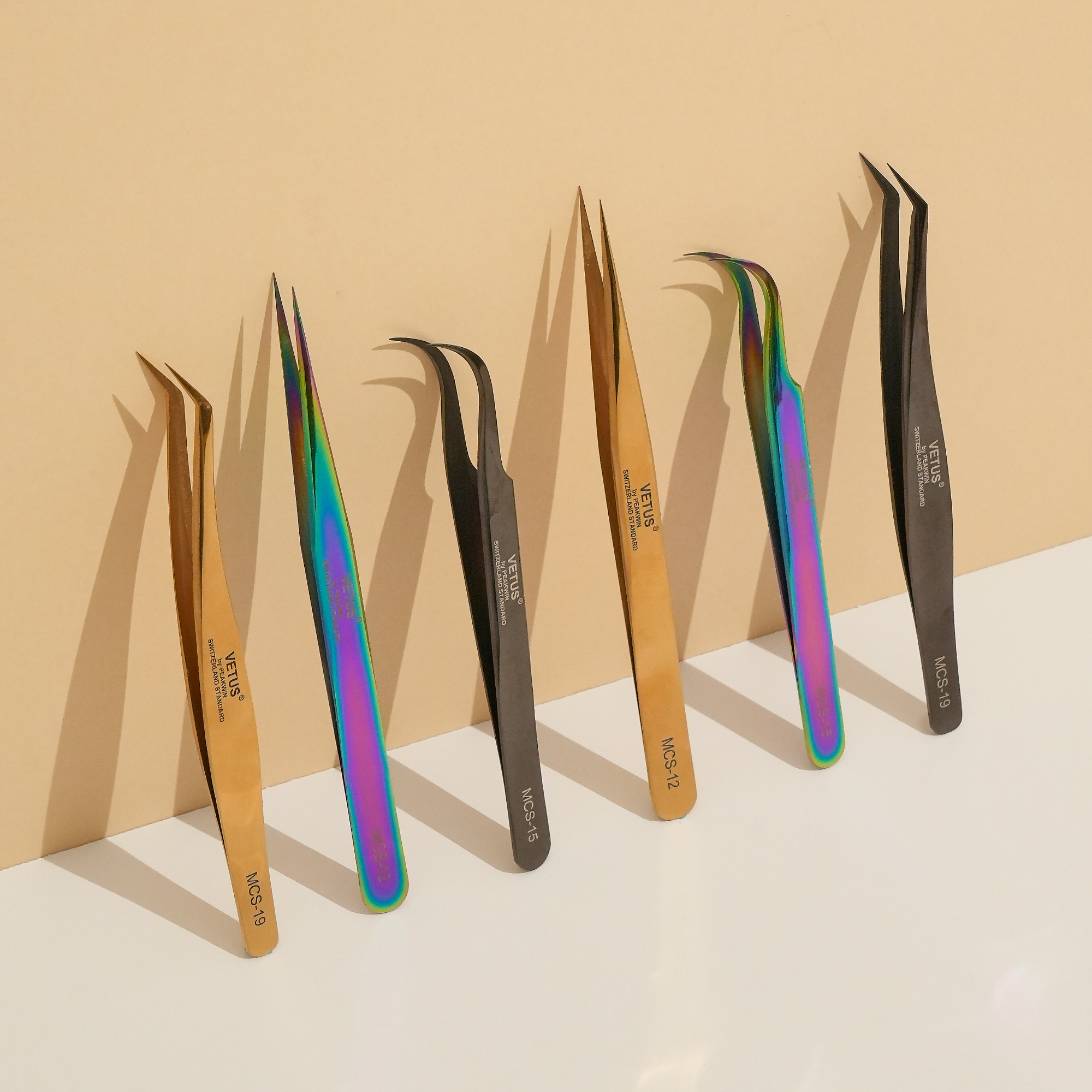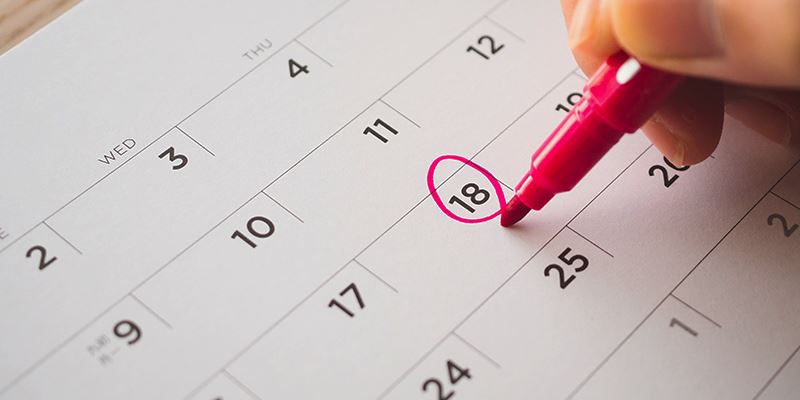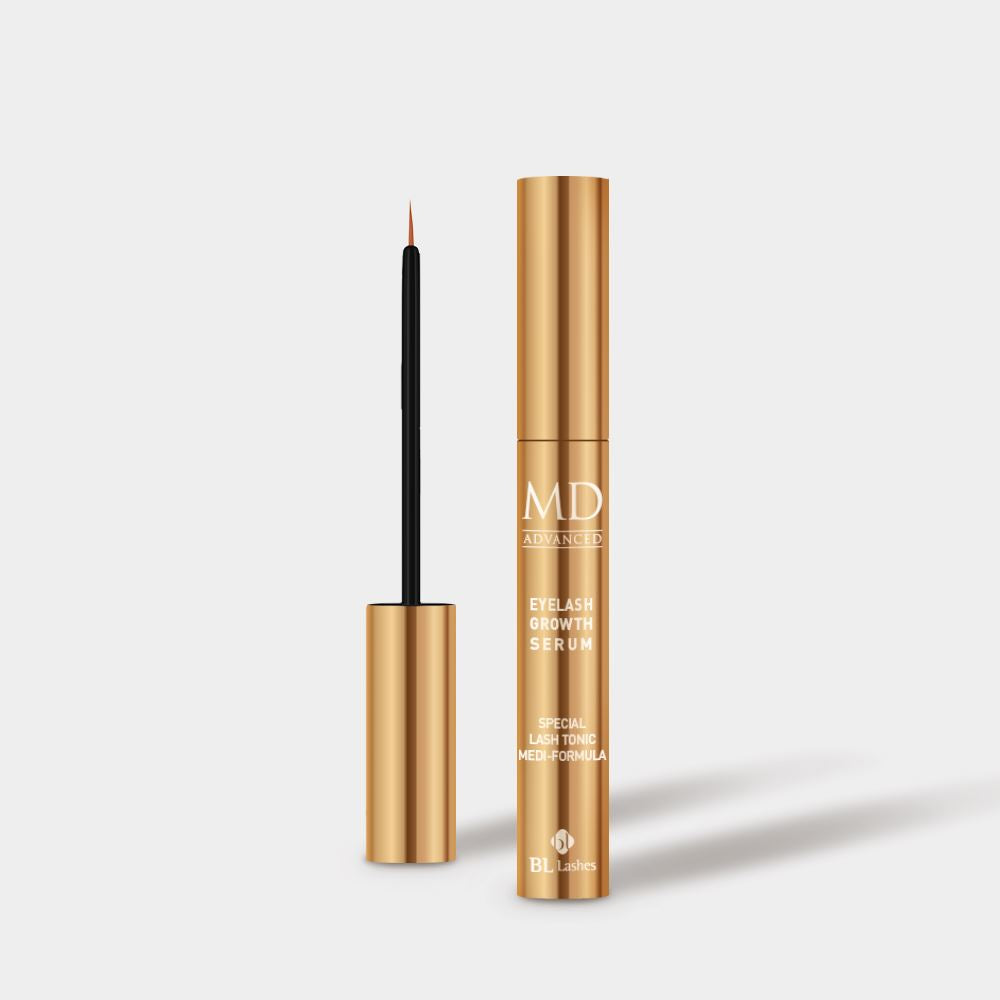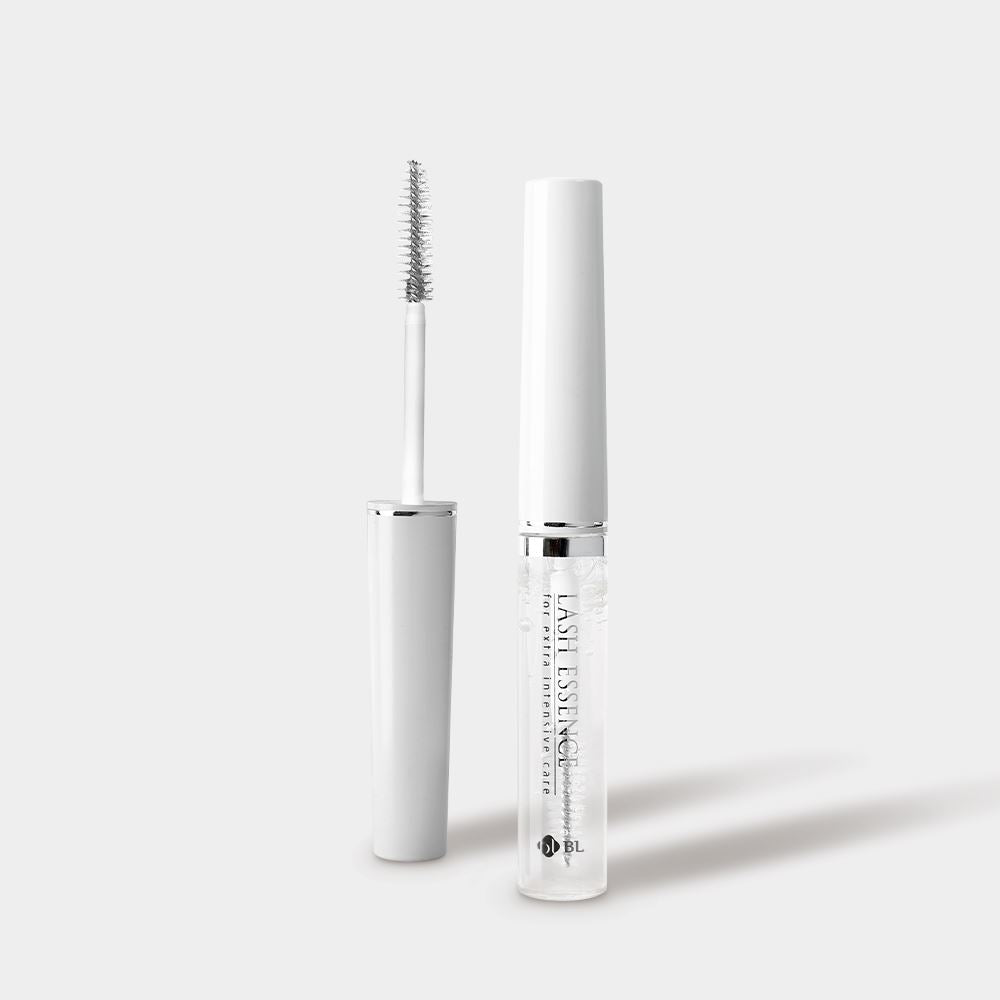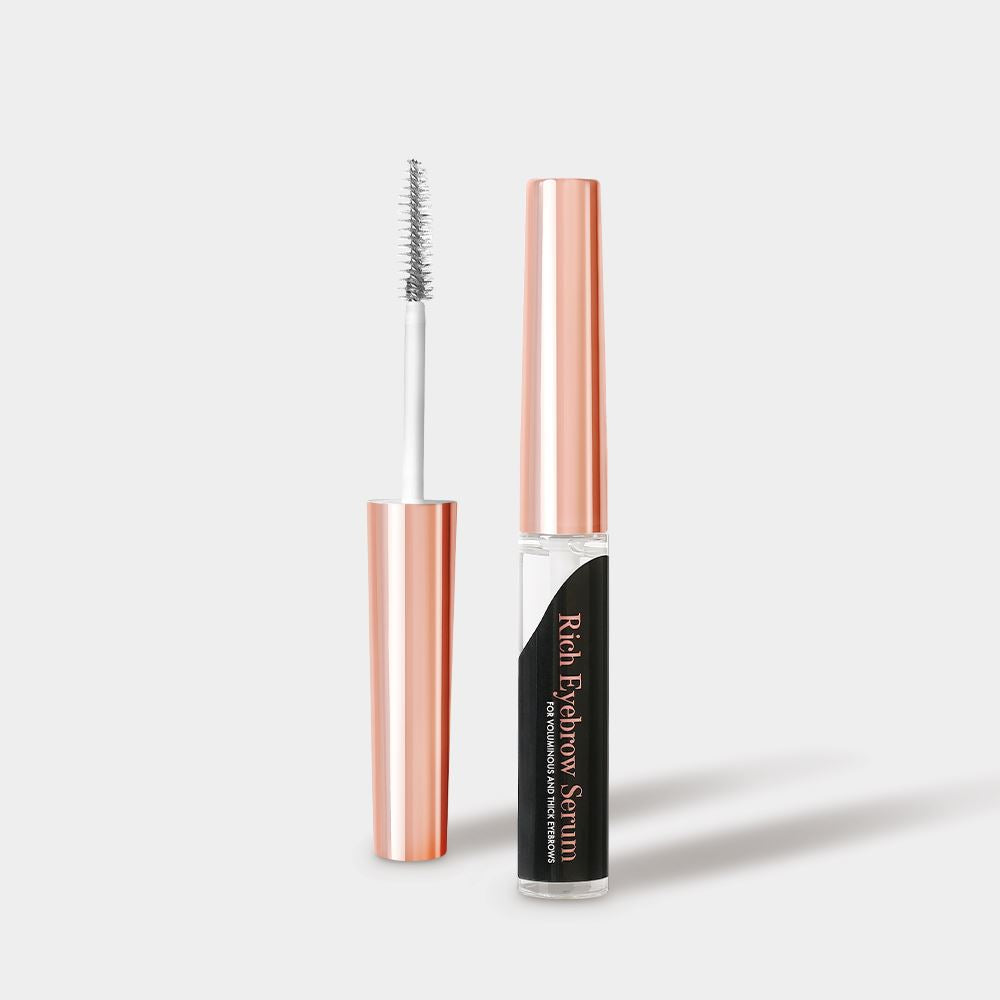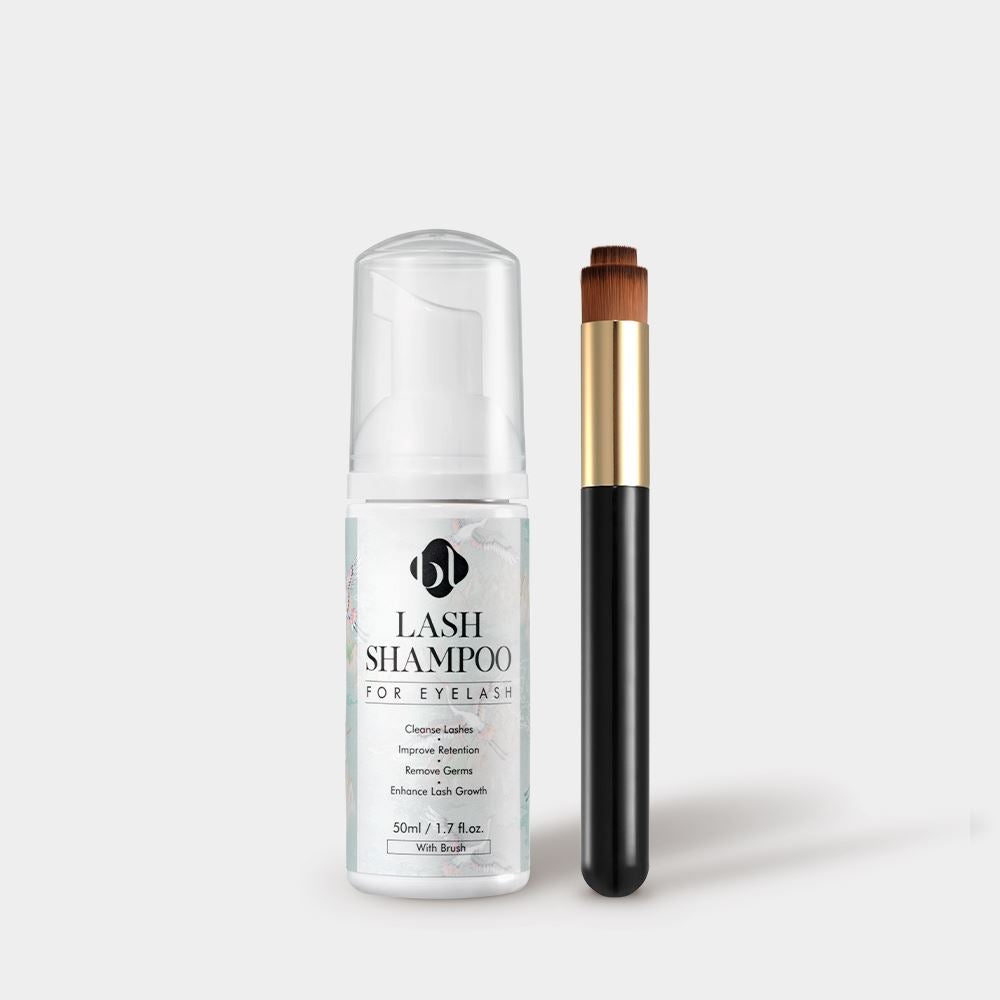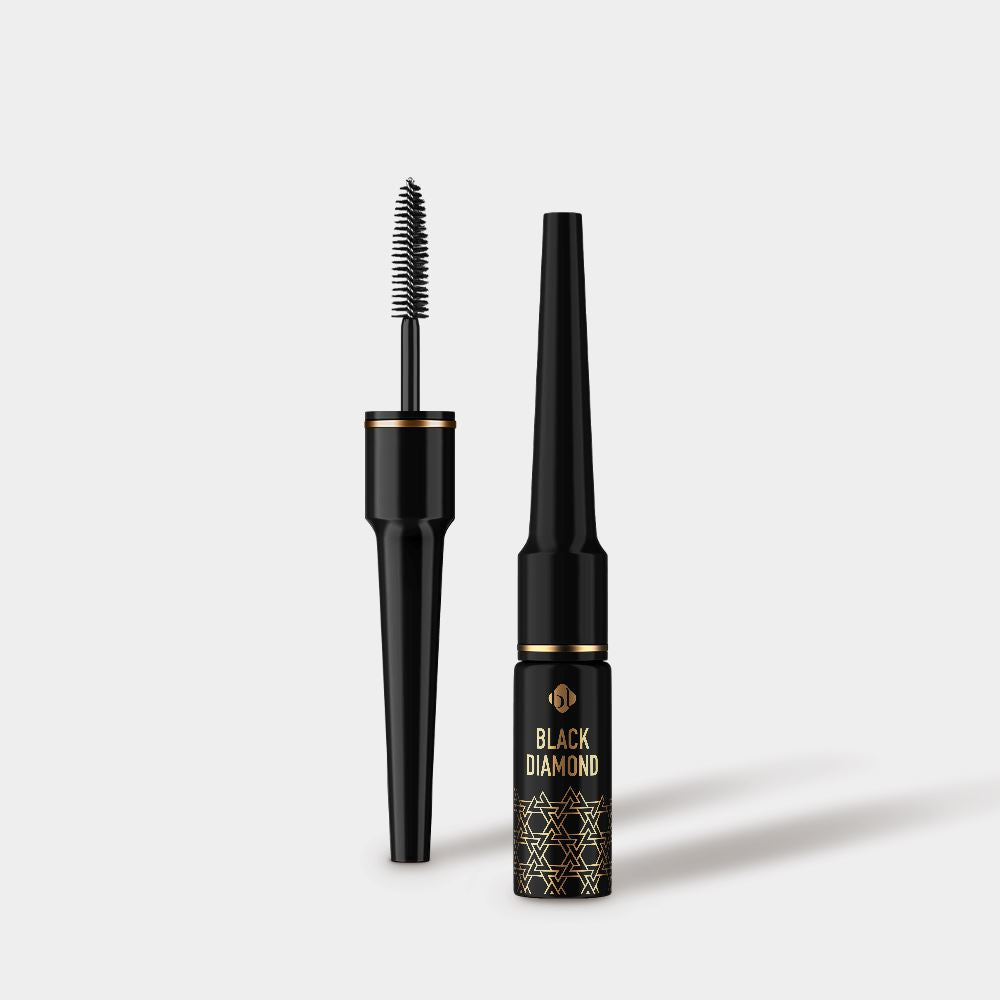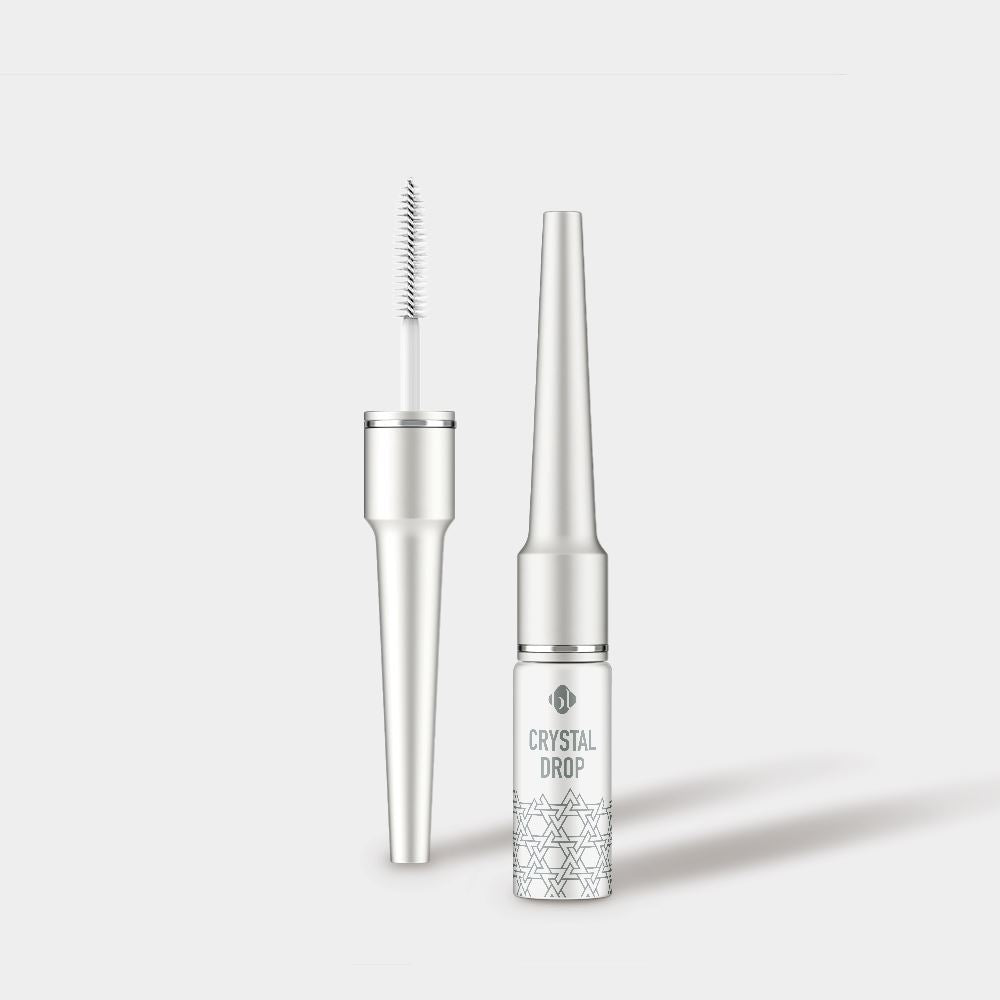The words “lash allergy” send a chill down every lash technician’s spine. And for good reason too. Once a client develops one, you effectively lose them, especially if the bulk of your work revolves around lash extensions.
It’s unfortunate, but your clients’ comfort and safety should always be a priority. When one of them calls you crying after a lash appointment because they think they might be allergic, you need to arm yourself with the information to best help them.
What is a lash allergy?
When someone develops an allergic reaction to their lash extensions, the culprit is most often cyanoacrylate, which is the key ingredient in any lash extension glues. It is an irritant for eyes, skin, and the respiratory system. Despite what some companies claim, there are no hypoallergenic glues on the market currently, which means there are no alternatives that could prevent allergies 100%.

Unfortunately, if someone is allergic to this chemical compound, then they will not be able to get lash extensions. What’s more, lash glue allergy isn’t always there. Your client could be just fine one day and end up developing a reaction on their second, third, or even twenty-fifth visit.
Is it a lash allergy or something else?
First of all, you should always direct your client to their doctor for them to be diagnosed properly if they experience any kind of reaction. In the meantime, you should also be familiar with what could be causing them issues.
For example, if it’s allergy season, it may be that they’re just having allergic reactions completely unrelated to their lashes, in response to pollen and other irritants in the air. Another culprit could be a reaction to the glue fumes, or even a chemical burn from the glue due to improperly placed lash pads during application.

Whatever the case may be, your client’s health and comfort are your top priority. If you or they suspect they may be allergic, help them out as much as you can, but also make sure they visit a doctor to make sure they’re definitely not allergic.
What can you do to reduce discomfort?
While there’s really not much we can do as lash techs to reverse lash allergy, we can make sure that other issues that could be confused for an allergy are eliminated. If glue fumes are the problem, make sure the room you are working in is very well ventilated. It may not completely eliminate the fumes, but it’s a step forward.
When it comes to reducing glue fumes, placing an open jar of the Anti-Allergy Gel (Buy on Amazon US) is very effective.

Anti-allergy gel captures the fumes (and cyanoacrylate) in this jelly-like jar before it reaches the eyes and nostrils.
Of course, there are also low-fume options, so if you know ahead of time that a client is sensitive to glue fumes, make sure to only use those and keep your salon stocked.
When it comes to preventing chemical burns, they’re easily preventable. You simply need to be very careful about pad placement. Always place your pads 0.5-1mm away from the water line.

They should never be touching the waterline or the glands. This way you can safely secure bottom lashes and keep your client’s eye safe. The pad will not touch any gland or eyeball and the possibility for chemical burns is much lower.
_
Now that you have all of this information in your arsenal, you can breathe easy and make lash magic in your studio knowing you can keep your clients safe. Lash allergy is something we have to accept as inevitable for some of our clients.
If it does happen, your job is to provide whatever care you can for the client. They may not be able to get lash extensions anymore, but you can help them care for their natural lashes. Everyone deserves to be pampered, lash allergy or not!
This blog is protected by copyright law. Reproduction or rewriting without permission is strictly prohibited.


